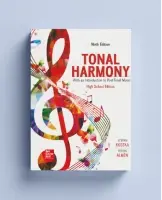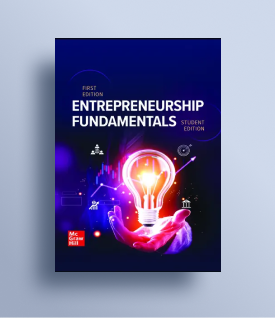My Account Details

Reading Success Across CT
Supporting schools and teachers across Connecticut with research-proven literacy instruction for all students.
Learn More About the Science of Reading
Equitable literacy education provides learners with the instruction they need, when they need it. The Science of Reading is comprised of more than 40 years of research into how we learn to read. Explore the resources on this page to learn more about the Science of Reading—because every student deserves to connect with the right content at the right moment in their education.
Two Important Views
Teaching a child to read is no small feat—it's an endeavor so complex that experts have likened it to "rocket science" (Moats, 2020). To help simplify the process, the Science of Reading is typically broken down into two models: The Simple View of Reading and Scarborough's rope. The following excerpts provide a brief overview of the key differences between the two:
The Simple View of Reading
The Simple View of Reading was developed to clarify the role of decoding in reading (Gough & Tumner, 1986). It contends that there are two basic processes integral to reading: decoding and language comprehension. Decoding is the ability to translate text to oral language; readers then use their knowledge of language to make sense of the decoded message. Basically, reading comprehension is the product of these two processes. Readers who are low in either decoding ability or oral language will have difficulty comprehending.
Citation: Gough, P. B., & Tumner, W. E. (1986). Decoding, Reading, and Reading Disability. Remedial and Special Education, 7 (1), 6-10.
Scarborough's Rope
Scarborough's Rope model is a related view of reading, using the metaphor of a rope where reading skills are represented by the strands in a rope, which "weave together" to create a strong reader. It was developed in 2001 by Dr. Hollis Scarborough to introduce and explain some of the complexities involved in learning to read and that underlie the "simple view" (International Dyslexia Association (IDA), 2018).
Citation: International Dyslexia Association (IDA). (2018, April). Scarborough's Reading Rope: A Groundbreaking Infographic. Retrieved from International Dyslexia Association: https://dyslexiaida.org/scarboroughs-reading-rope-a-groundbreaking-infographic/#:~:text=The%20genesis%20of%20the%20Reading,interdependence%20of%20all%20the%20components

Straight Talk on the Science of Reading
by Dr. Tim Shanahan

Your Questions About the Science of Reading
Answered by Experts
Teacher Resources
Teacher Tips
Join Our Communities
Ready to learn more?
Claritza Colón
Connecticut Account Representative
860-387 3224
claritza.colon@mheducation.com
















































